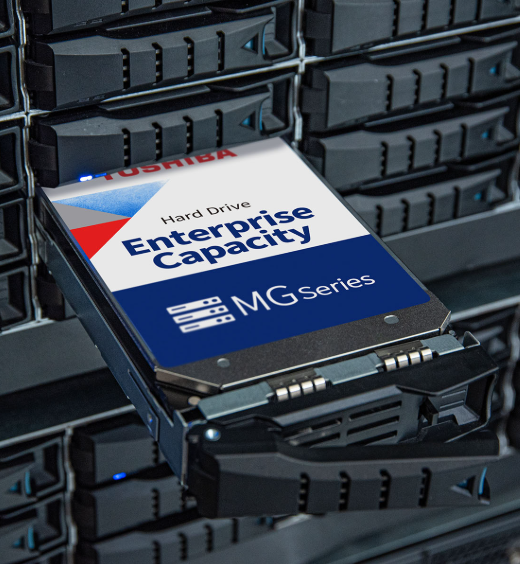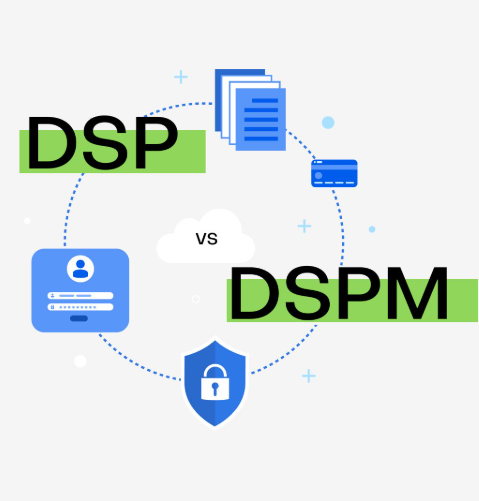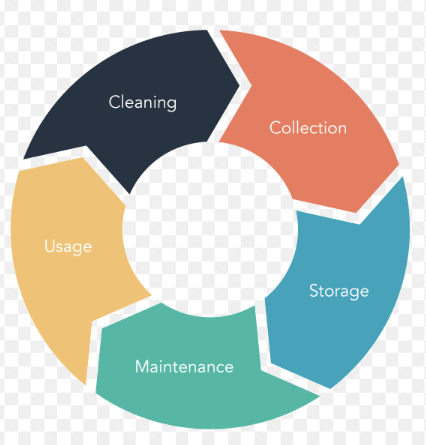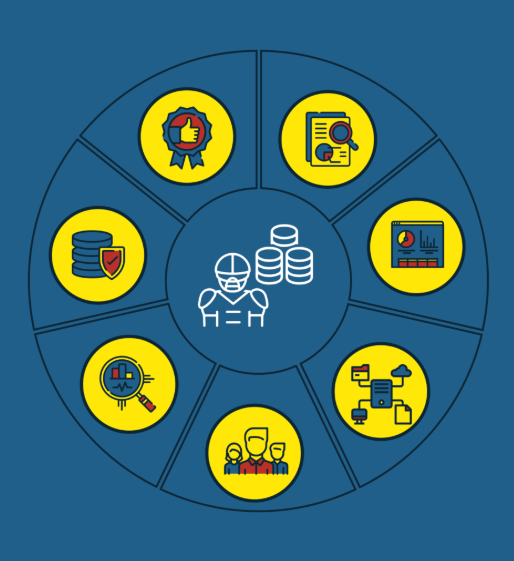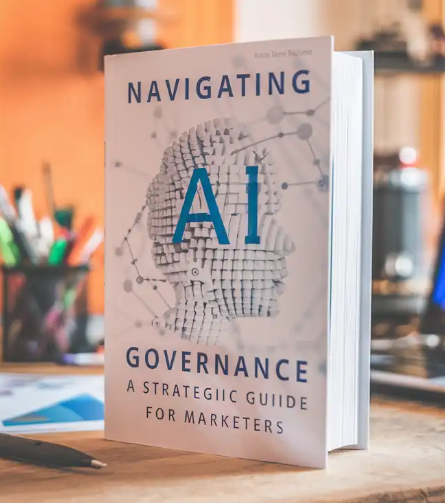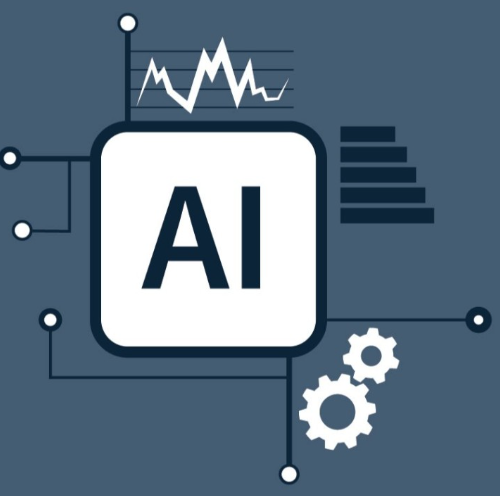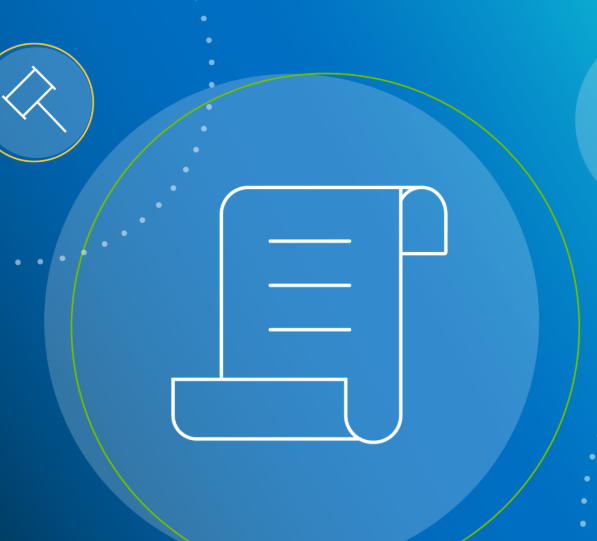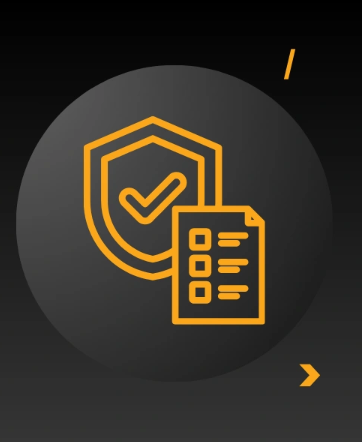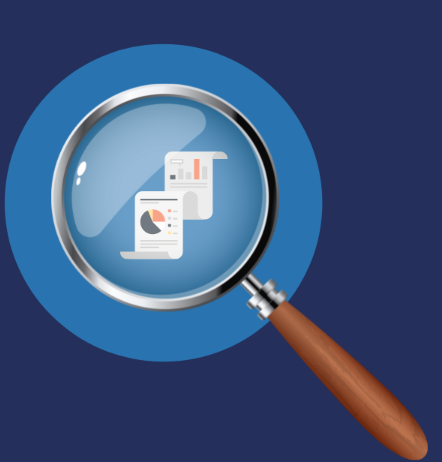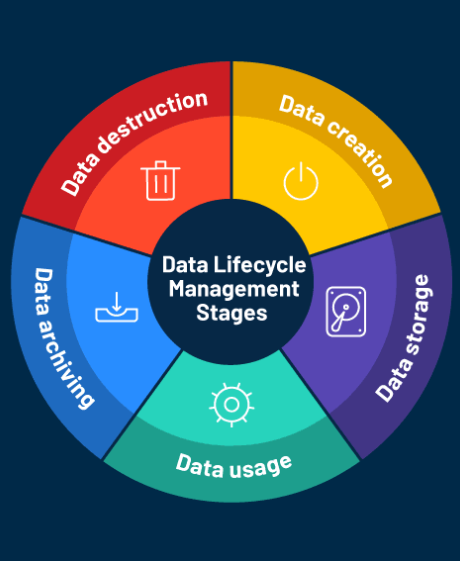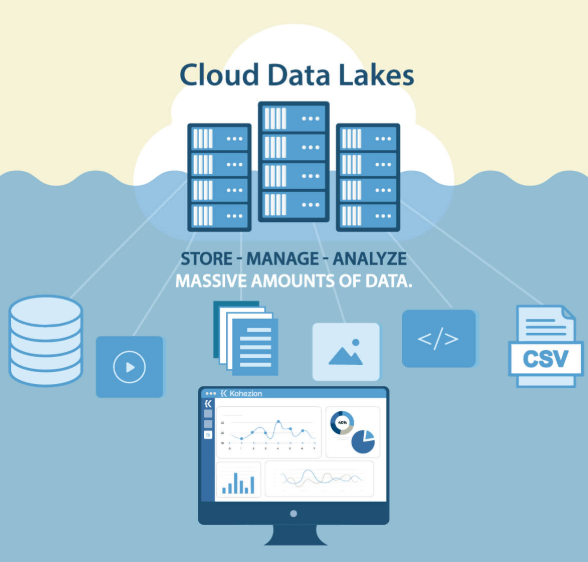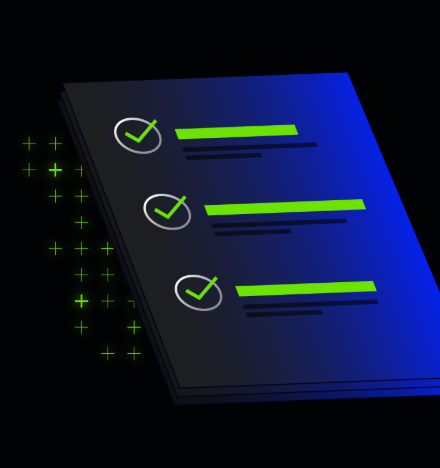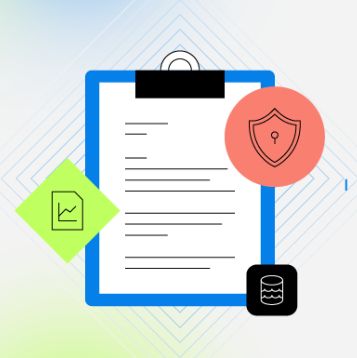
Data has become one of the most valuable assets for organizations across industries. How well a company manages and uses its data can significantly improve its efficiency, decision-making, and overall business performance. However, before organizations can create effective data management strategies, it’s important to first understand the concept of data classification and how it works.
What Is Data Classification?
Data classification is the process of organizing data into categories based on its type, sensitivity, and relevance to the organization. These categories are usually determined by factors like security requirements, business value, and regulatory obligations. Common classifications include public, confidential, proprietary, and personally identifiable information (PII).
By classifying data, companies can apply appropriate security measures based on the data’s sensitivity, comply with regulations, enhance business intelligence, and improve their overall data management. Proper data classification is essential for safeguarding critical data while maximizing its potential value.
How Data Classification Works
The process of data classification starts with the creation of a policy that defines the criteria for categorizing different types of data. This policy takes into account factors like the nature of the data and its required level of protection. Once the policy is in place, organizations can classify data either manually or automatically.
- Manual Classification: This involves individuals categorizing data based on their understanding of the classification policy. While this method allows for more nuanced decisions, it is prone to human error and requires thorough training to be effective.
- Automated Classification: In this approach, software is used to automatically categorize data according to predefined rules. Automated systems are efficient, help reduce human error, and can handle large volumes of data. These systems can also adapt to changes in business requirements and regulations, ensuring consistent categorization over time.
- Hybrid Method: A hybrid approach combines the best of both manual and automated classification. Automated systems handle most of the categorization, while human oversight is used for ambiguous or complex data that requires more careful consideration. This approach balances efficiency, accuracy, and flexibility.
Examples of Data Classification in Action
To better understand how data classification works, let’s look at a few examples:
- Public Data: Information that is freely available to the public, such as marketing materials or press releases. This data typically doesn’t require much protection since its disclosure doesn’t pose a risk to the organization.
- Internal Data: Data meant for internal use only, like internal memos or organizational charts. While not highly sensitive, this type of data should still be protected to avoid unnecessary exposure.
- Confidential Data: Information that, if leaked, could harm the organization. This could include strategic plans or trade secrets. Confidential data requires robust security measures to prevent unauthorized access.
- Regulated Data: Data that falls under legal or regulatory requirements, such as healthcare records (protected under HIPAA) or customer information in financial institutions (subject to GDPR). This type of data requires strict security protocols to meet compliance standards.
Each of these categories illustrates how different types of data demand varying levels of security. By understanding how data classification works in different contexts, organizations can better protect sensitive information and comply with regulations.
Implementing a Data Classification Solution
To successfully adopt a data classification solution, organizations need to consider several key factors. First, it’s important to understand how data classification works so that the project’s scope and objectives are clearly defined. The solution should be tailored to the organization’s specific needs, including the type, volume, sensitivity, and compliance requirements of the data.
Training staff is essential to ensure that everyone understands their role in the data classification process. Technical aspects, including the necessary infrastructure and resources, should also be taken into account. Regular audits and ongoing refinement of the classification process are essential to maintain security and efficiency over time.
By considering these factors, organizations can successfully implement an efficient and secure data classification solution that will help manage and protect their data assets effectively.









